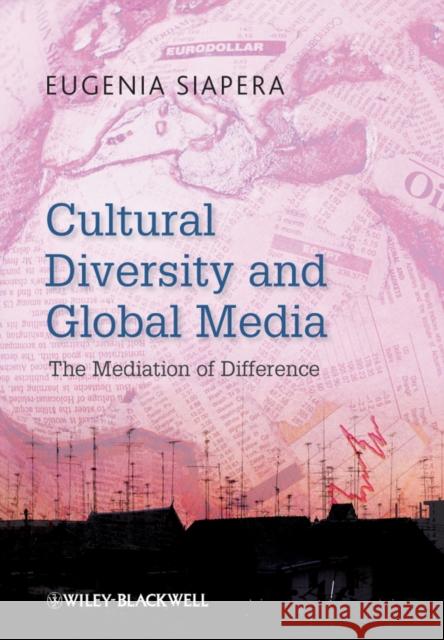Cultural Diversity and Global Media: The Mediation of Difference » książka
topmenu
Cultural Diversity and Global Media: The Mediation of Difference
ISBN-13: 9781405180474 / Angielski / Twarda / 2010 / 232 str.
Cultural Diversity and Global Media: The Mediation of Difference
ISBN-13: 9781405180474 / Angielski / Twarda / 2010 / 232 str.
cena 425,04
(netto: 404,80 VAT: 5%)
Najniższa cena z 30 dni: 421,55
(netto: 404,80 VAT: 5%)
Najniższa cena z 30 dni: 421,55
Termin realizacji zamówienia:
ok. 30 dni roboczych
Bez gwarancji dostawy przed świętami
ok. 30 dni roboczych
Bez gwarancji dostawy przed świętami
Darmowa dostawa!
Cultural Diversity and Global Media explores the relationship between the media and multiculturalism.
- Summarises and critically discusses current approaches to multiculturalism and the media from a global perspecive
- Explores both the theoretical debates and empirical findings on multiculturalism and the media
- Assumes the new perspective of mediation of cultural diversity, which critically combines elements of previous theories in order to gain a better understanding of the relationship between the media and cultural diversity
- Explores media 'moments' of production, representation and consumption, while incorporating arguments on their shifting roles and boundaries
- Examines separately the role of the internet, which is linked to many changes in patterns of media production, representation and to increased possibilities for diasporic and transnational communication
- Contains pedagogical features that enable readers to understand and critically engage with the material, and draws upon and reviews an extensive bibliography, providing a useful reference tool.











